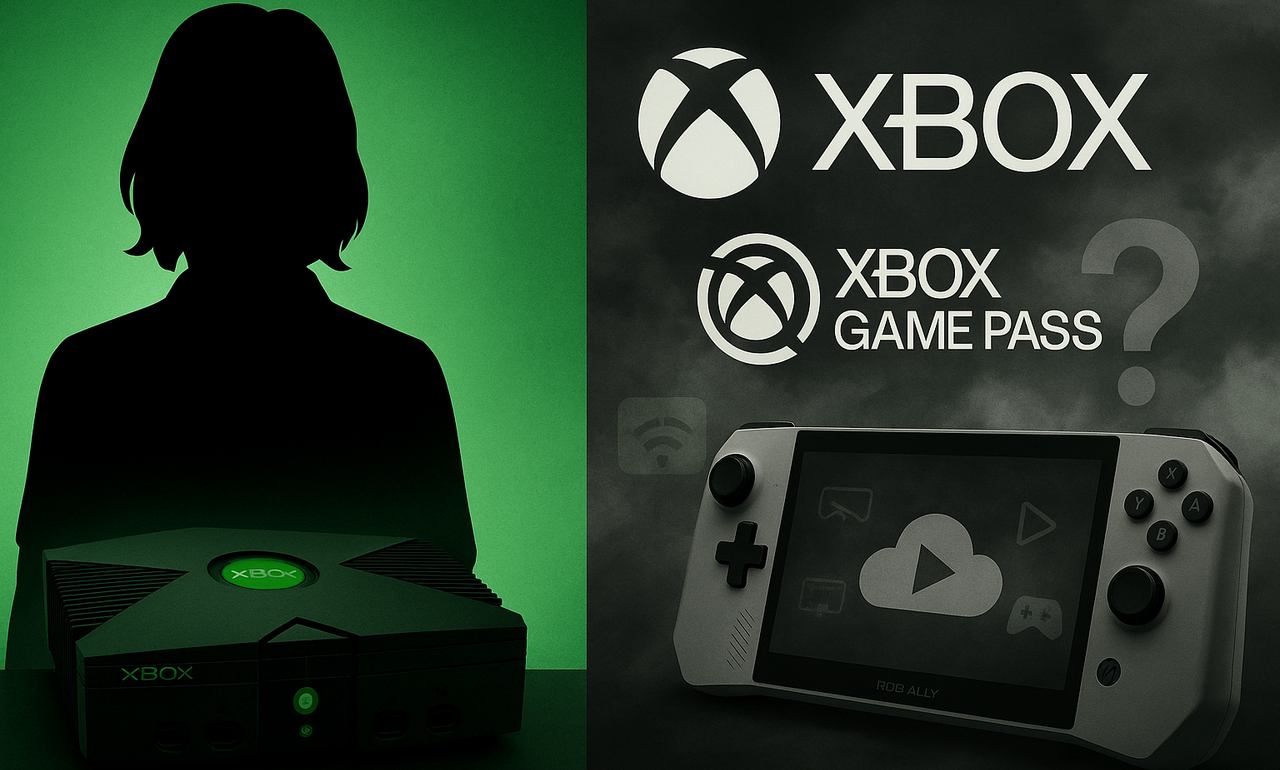
Laura Fryer, one of the original developers behind Xbox, has released a new video titled The Future of Xbox. In it, she shares her honest thoughts on where Xbox is heading. She also reflects on how it compares to its early days. Fryer worked at Microsoft during the creation of the first Xbox and helped ship games like Crimson Skies, so her perspective comes with direct experience from the console’s beginnings.
The video covers several topics, including the Xbox Anywhere strategy, Game Pass, Microsoft’s recent hardware choices, and the upcoming ROG Xbox Ally handheld. Fryer doesn’t hold back when describing what she sees as a loss of focus and a shift away from what made Xbox strong in the first place.
Here’s what Fryer had to say, along with some of my own thoughts along the way.
“Style, Not Substance”: Fryer on Xbox’s Current Strategy
Fryer opens the video by pointing to Xbox’s recent showcase and the company’s focus on its Xbox Anywhere plan. She describes it as a major shift toward Game Pass and away from console innovation. According to Fryer, Xbox is now leaving hardware design to partners like ASUS while putting its resources into services.
She acknowledges that the Xbox Anywhere message sounds appealing on the surface. The idea of playing games across devices with friends and family is easy to get behind. But in her words, “It’s marketing. It’s style, not substance.” Fryer suggests that just because something sounds good doesn’t mean it’s feasible or consistent, especially for a company that, in her view, has changed direction often.
She also points to recent moves that conflict with Xbox’s earlier messaging. These include the closure of the studio behind Hi-Fi Rush, Game Pass tiers that no longer include Day One releases, and price increases like the $80 USD tag for The Outer Worlds 2. To her, it reflects a chaotic approach that makes it hard to predict what will come next.
My thoughts on Game Pass and Subscription Clarity
As someone who follows Xbox closely, it’s hard not to notice how often the company pivots. Game Pass used to feel like a clear, consistent value. You knew what you were getting, and it was easy to recommend. Now, with multiple tiers and shifting features, including Day One titles being tied to specific plans, it’s getting harder to explain what the service actually includes or who each tier is for.
I still think Game Pass is an incredible value, but the messaging around it has definitely become more confusing. To be fair, PlayStation Plus is facing a similar issue. It’s not always clear what comes with each tier there either.
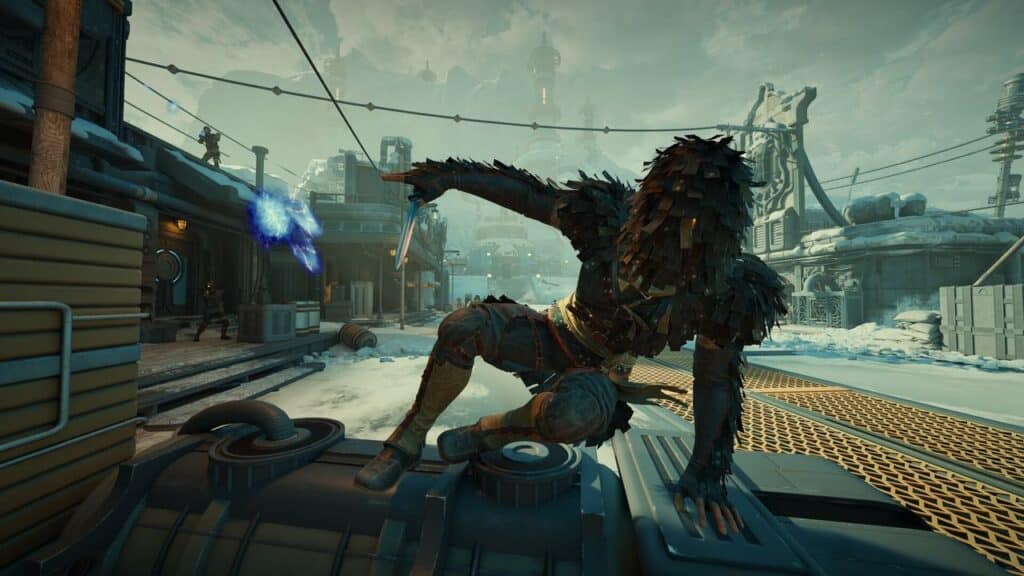
ROG Ally and Windows: “No Reason to Buy This Hardware”
Fryer spends a large part of the video talking about the newly announced Xbox-branded ASUS ROG Ally handheld. She doesn’t see a clear reason why anyone would buy it. Her main concern is that it doesn’t bring anything new to the table. It’s still based on Windows, just like the original Xbox was. And while it’s technically a slimmed-down version, she says that doesn’t make it more appealing.
She also shares her personal dislike of Windows, noting that after leaving Microsoft, she switched all her personal systems to Linux. For games that still require Windows, she built a dual-boot machine. She calls out Microsoft’s marketing of “freedom of Windows” as misleading, citing forced account requirements and hardware-based upgrade limits in Windows 11.
Fryer questions whether the handheld will even support native Xbox games. She references coverage stating that the ROG Ally will only support native PC games, not Xbox console titles. To her, this goes against the idea of Xbox Anywhere. “I want to play all of my games, not just my PC games,” she says.
She finishes the section by doubting whether price could be a major selling point. Since the device is a rebrand of existing hardware, she doesn’t believe there’s much room for meaningful cost reduction. In her view, the ROG Ally doesn’t offer enough value or purpose to win people over.
My Take on the ROG Xbox Ally and Where It Fits
Personally, I think Fryer raises some fair points, especially about the lack of native Xbox game support. At the same time, I know people who really enjoy using the ROG Ally.
It’s not a perfect solution, and it definitely isn’t trying to replace a traditional console. But for those who already play across PC and cloud, it fits into their setup pretty naturally. It might not be for everyone, but it still fills a niche for portable, PC-based Game Pass access.
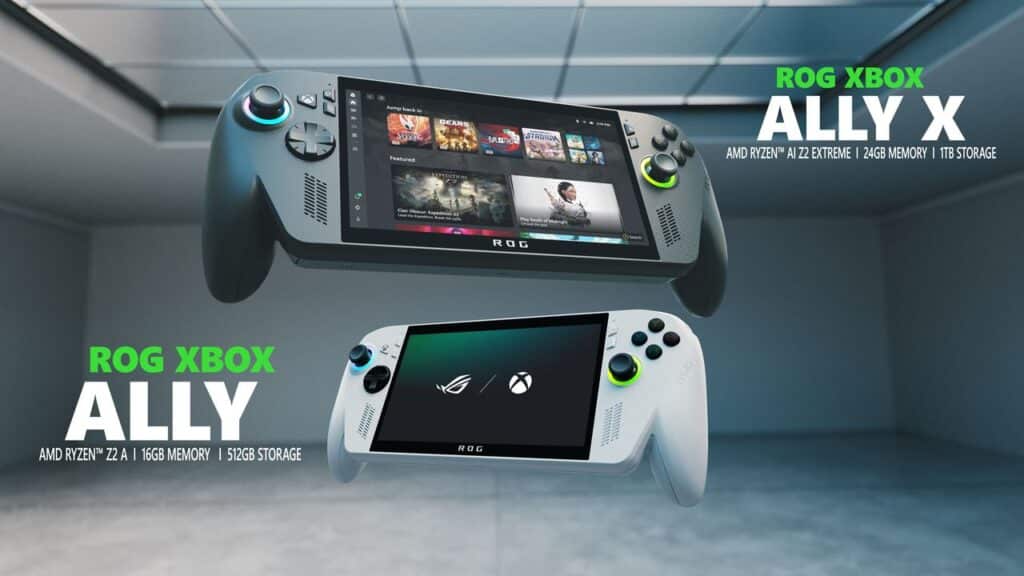
Shipping Delays and Studio Struggles
Fryer shifts focus to Xbox’s internal development culture, expressing concern over how long many games have been in development. She notes that titles like State of Decay 3, Perfect Dark, and Fable were absent from the latest showcase, despite being announced years ago. In some cases, she says development has stretched past five years with little public progress.
According to Fryer, the reason is simple. Xbox has lost its ability to ship games at scale. She believes the teams no longer have the people or processes needed to release major projects on time. This, she says, is a major change from when Xbox was known for strong execution and clear developer support.
She also brings up Microsoft’s recent announcement about company-wide layoffs. While many assume the cuts will impact sales teams, Fryer isn’t so sure. She suggests that if she were working on a game that didn’t appear in the showcase, or part of the Xbox hardware team, she would be concerned.
Throughout the section, Fryer reflects on how things used to work. She remembers when Xbox built exclusive, high-quality first-party titles, supported developers directly, and delivered products efficiently. For her, the current delays are a sign that the Xbox culture she knew is no longer in place.
Delays happen
I’ve felt this shift too. Lately, I’ve stopped getting excited about any game reveals until a release date is locked in. It’s tough to stay excited when big announcements disappear for years, only to resurface later with another teaser and no timeline. I still want to believe in what’s coming, but that trust in the process isn’t what it used to be.
On top of that, there’s a constant push among gamers to move on to whatever’s next. Even when games finally do release, the conversation quickly shifts to what’s around the corner. Sometimes it feels like we don’t even give these games a real moment before jumping ahead again.
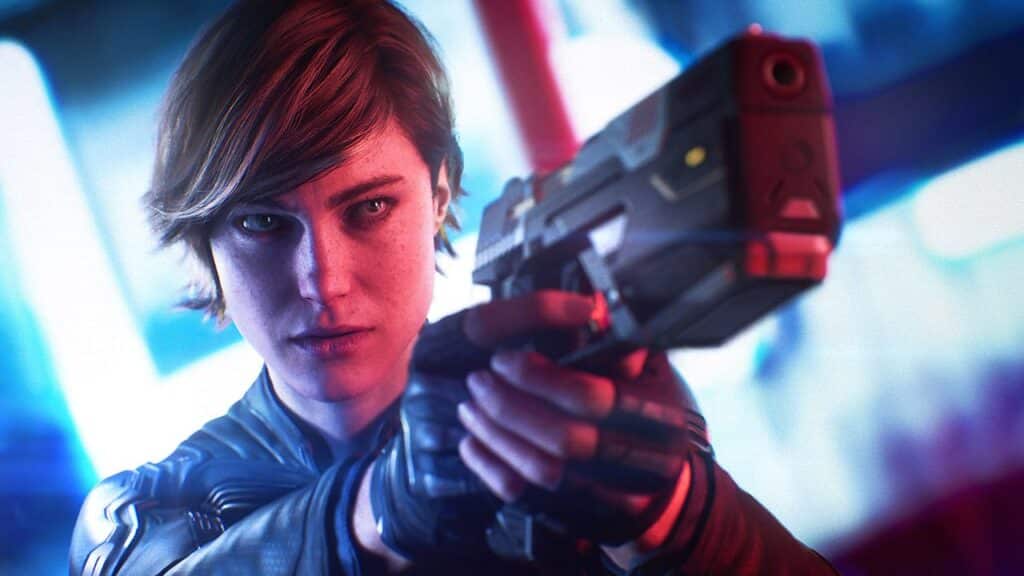
Remembering What Made Xbox Work
Fryer takes time to reflect on Xbox’s origins, offering context from her time at Microsoft Game Studios during the early 2000s. She explains that Xbox was created in response to Sony’s dominance in the living room and the PC gaming market. While Microsoft was strong in office software, Sony had made gaming simple. Plug in a PlayStation and it worked. No drivers, no compatibility issues, no setup headaches.
To compete, Microsoft focused on removing the complexity that came with PC gaming. The Xbox team stripped down Windows to make a lightweight version for the console, without even telling Bill Gates at first. Fryer shares that Gates was unhappy when he found out, but the team believed it was the only way to make the system work.
She also talks about how Xbox earned developer trust. The company hired around 50 experienced developers to form the Xbox Advanced Technology Group. Their job was to turn developer feedback into action. Fryer says that attacking Sony’s weakness in developer tools helped Xbox gain ground. “Games sell consoles,” she says, and the original Xbox team knew they had to win over creators to succeed.
That strategy worked. By 2012, Xbox had become a multibillion-dollar business and a strong presence in the living room. Fryer describes this as a time when Xbox listened to developers, built exclusives, and had a clear vision.
Looking Back at Xbox’s Strongest Years
I still remember how exciting that era was. During the original Xbox and Xbox 360 generations, the brand felt fresh, focused, and confident in what it was trying to be. You could tell the team cared about building something for gamers, not just delivering content. There was momentum, personality, and a clear sense of direction.
The focus on exclusive titles, developer tools, and community support made it easy to rally behind. That energy started to fade during the Xbox One era, and while there were still bright spots, the overall direction never quite felt as unified. It wasn’t perfect, but those early days left a lasting impression, and that connection stuck with me.
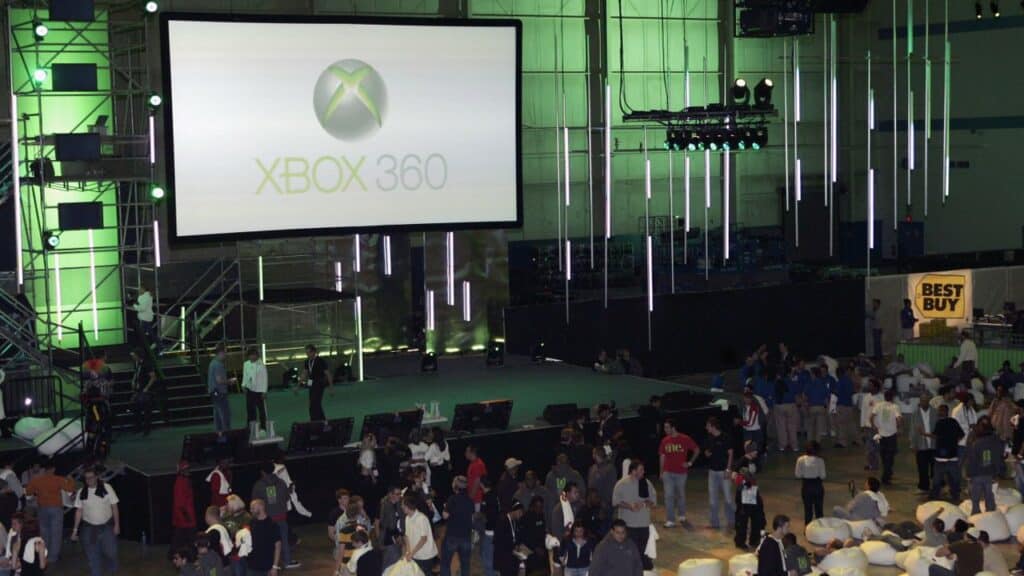
Where Xbox Cloud Gaming Fits In
Laura Fryer doesn’t mention Xbox Cloud Gaming in her video, but the service remains a key part of Microsoft’s Xbox Anywhere strategy. While Fryer raises concerns about access and compatibility, especially around the ROG Ally’s lack of native Xbox game support, Xbox Cloud Gaming has made some progress in that area.
In addition to streaming Game Pass titles, Xbox Cloud Gaming now supports a growing number of owned/purchased games through the “Stream Your Own Game” feature. This allows you to stream certain games you’ve purchased, not just ones available through a subscription. It’s a step toward the kind of flexible access Fryer calls for when she says, “I want to play all of my games, not just my PC games.”
There are still limits, but it shows Xbox is working to make the Xbox Anywhere idea more practical. Cloud gaming won’t replace native support on every device, but it does offer an option for gamers who want to keep playing across screens without needing a console or gaming PC nearby.
Why I Still Believe in Xbox Cloud Gaming
From my point of view, being able to stream games I already own has made Xbox Cloud Gaming much more useful. It’s not perfect, but it’s a big leap from where it started. I’ve always been a big believer in cloud gaming and what it could mean for accessibility and flexibility. Xbox launched with a lot of momentum and enthusiasm, and it felt like they were positioned to lead the space early on.
But over time, that momentum slowed. Services like Stadia and GeForce NOW started offering substantially better experiences, especially in terms of visual quality and performance. Higher bitrates and clearer image quality made a noticeable difference, and Xbox Cloud Gaming often felt like it was playing catch-up.
The recent improvements are encouraging though, and it finally feels like Xbox is starting to close that gap. If they keep moving in this direction, cloud gaming could become a real strength for them again.
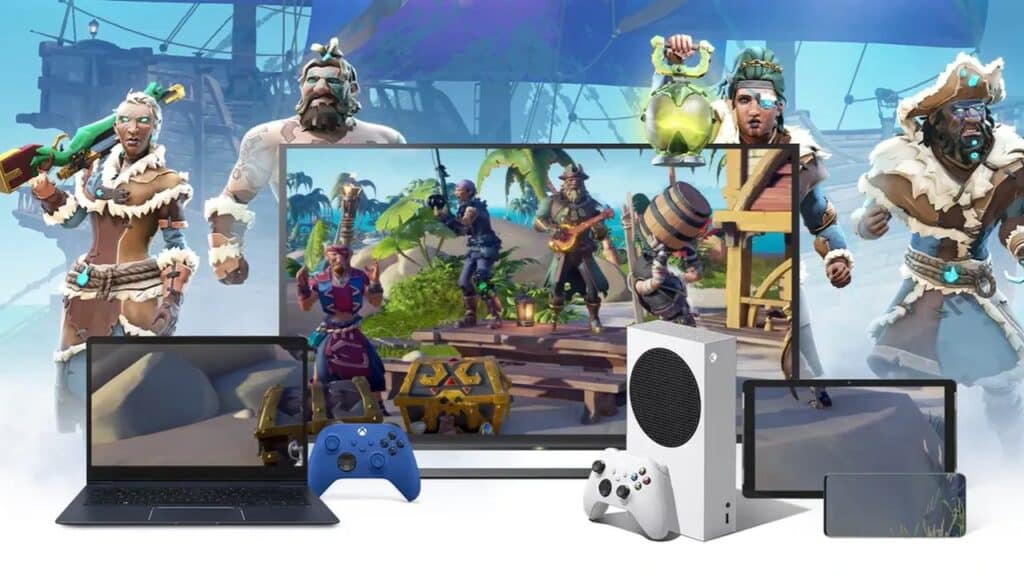
Looking Ahead to Xbox’s 25th Anniversary and Beyond
Fryer ends the video with a mix of disappointment and cautious hope. She says it’s hard to watch the value she helped build slowly fade, especially as Xbox seems to move further away from hardware and first-party exclusives. In her words, it feels like Xbox may no longer have the desire or the ability to build its own consoles.
She sees the Xbox ROG Ally as part of a slow exit from the hardware business. Without a killer exclusive or a standout reason to buy it, she doesn’t believe the device offers much incentive. Instead, the focus now seems to be entirely on driving subscriptions to Game Pass.
Still, Fryer acknowledges that Xbox has a strong back catalog and mentions the success of the Oblivion remake. She sees potential in outsourcing older titles to external developers, but also wonders about the long-term plan. “Where are the new hits?” she asks. “What will make people care about Xbox 25 years from now?”
Fryer closes by saying she’s curious to see what Microsoft does next. With the 25th anniversary coming up in 2026, she expects there will be big announcements. Whether those announcements signal a stronger direction or more of the same remains to be seen.
Balancing Exclusives with Access Makes Sense to Me
I’m hopeful the anniversary will mark a real turning point. A strong showcase of exclusives, clearer hardware plans, and more cloud features could show that Xbox still has something to prove and something worth fighting for. At the same time, I’ve always supported the idea of exclusives because they give a platform its identity.
But I also think getting your game on as many screens as possible just makes sense. Personally, I think timed exclusives might be the middle ground. It keeps brand value strong while still opening things up later for more gamers.
I’m also really hoping we see something new from Rare or its IPs. Whether it’s a brand new Banjo-Kazooie or even a surprise Conker revival, I feel that Rare and its IPs have been underutilized for a long time. When Microsoft bought them from Nintendo in 2002, it felt like a major move. But since then, many of the IPs that came with Rare haven’t seen consistent support.
We got Perfect Dark Zero on Xbox 360, and a reboot was announced in 2020, but nearly five years later there’s still no release window. Killer Instinct returned in 2013, and while it had a solid run, it’s been a while since we’ve seen anything new. Even Battletoads got a revival, but that was in 2020, and it came and went quietly.
It feels like the right time to bring some of these franchises back in a meaningful way. As much as we all respect Halo, Gears of War, and Forza, those series have carried the platform for long enough. Xbox has more to work with, and I’d love to see them use it.
As always, remember to follow us on our social media platforms (e.g., Threads, X (Twitter), Bluesky, YouTube, and Facebook) to stay up-to-date with the latest news. This website contains affiliate links. We may receive a commission when you click on these links and make a purchase, at no extra cost to you. We are an independent site, and the opinions expressed here are our own.

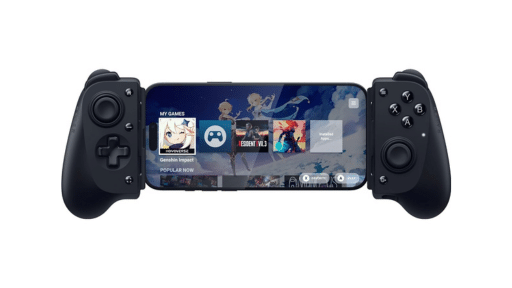
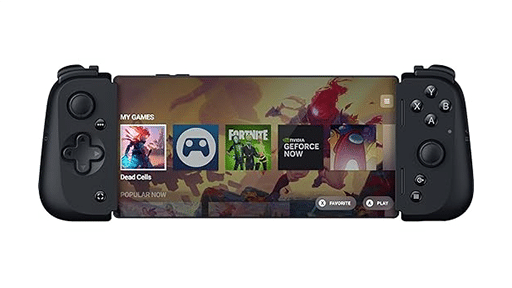
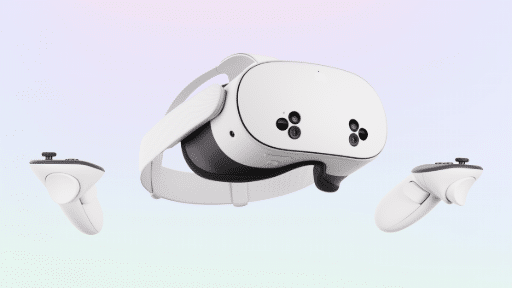
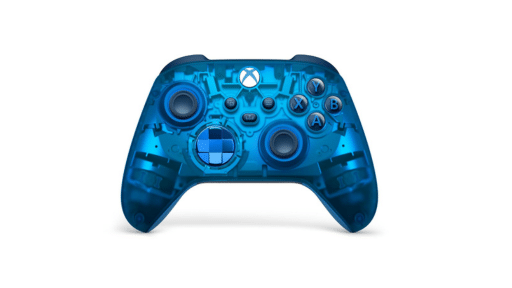
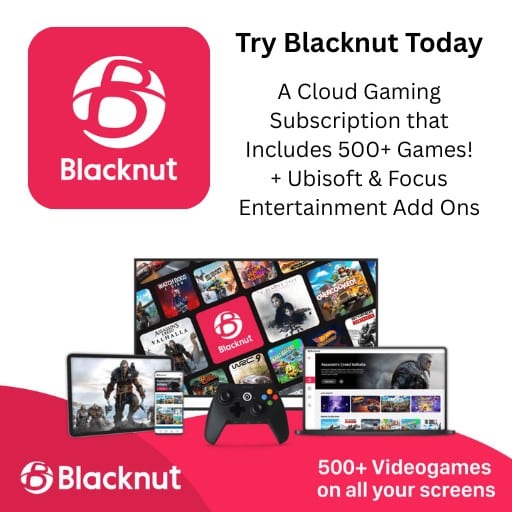
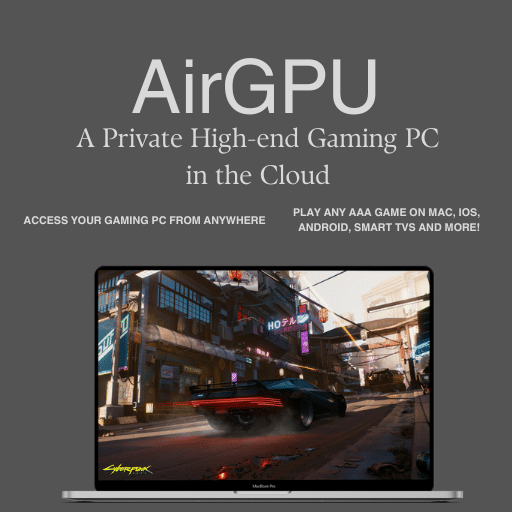
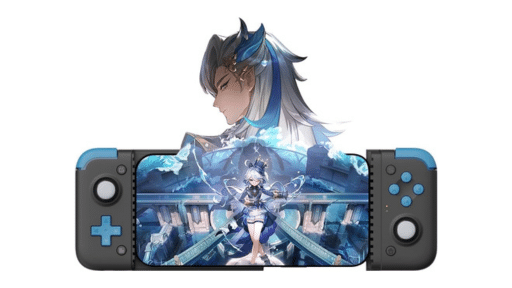
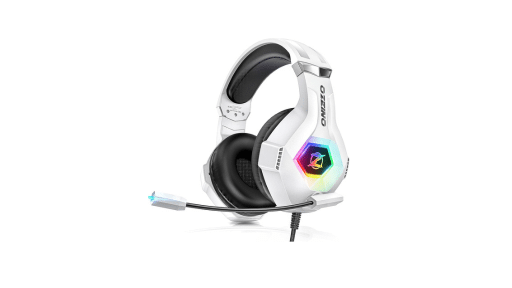
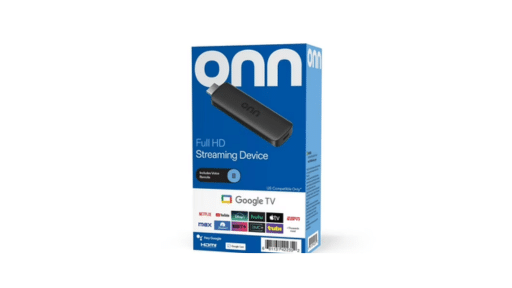

Wow solid details and thoughts on Fryer’s video. As always, I very much agree with your take.